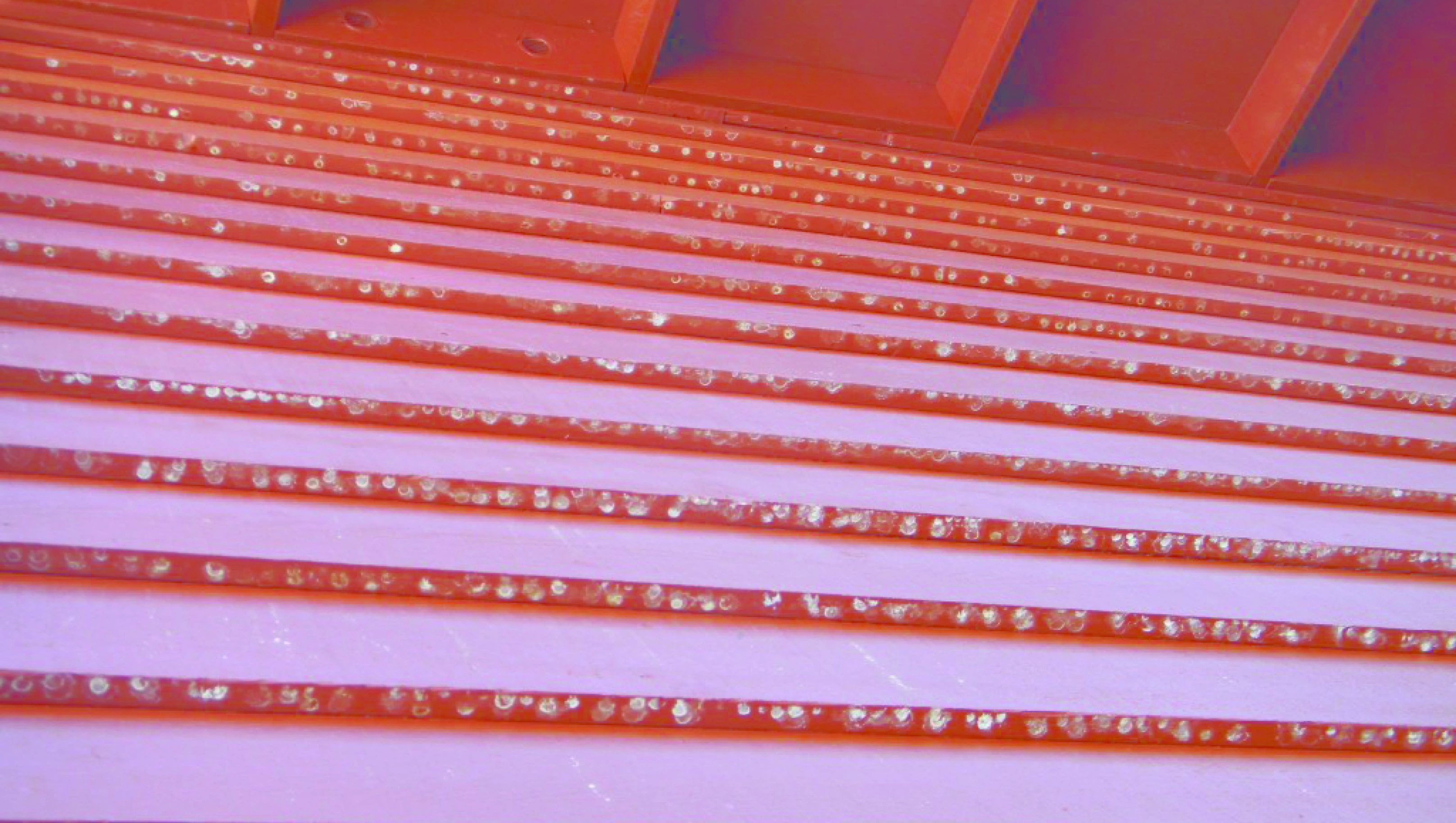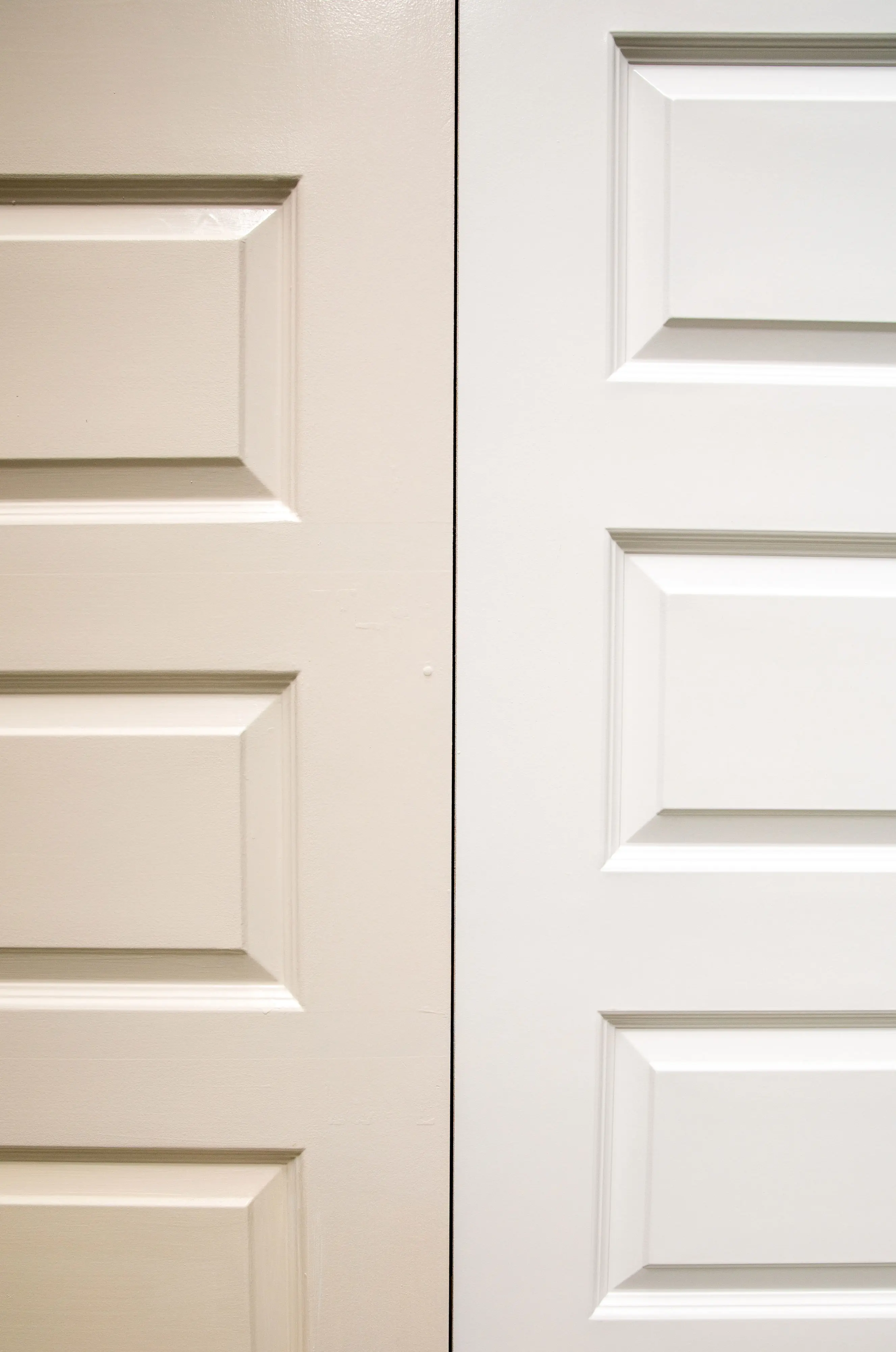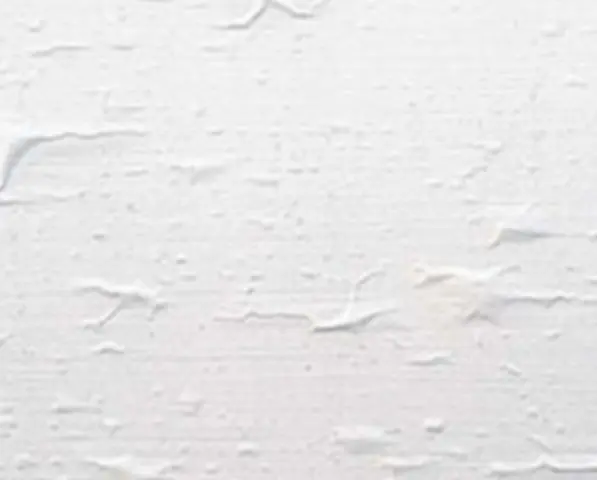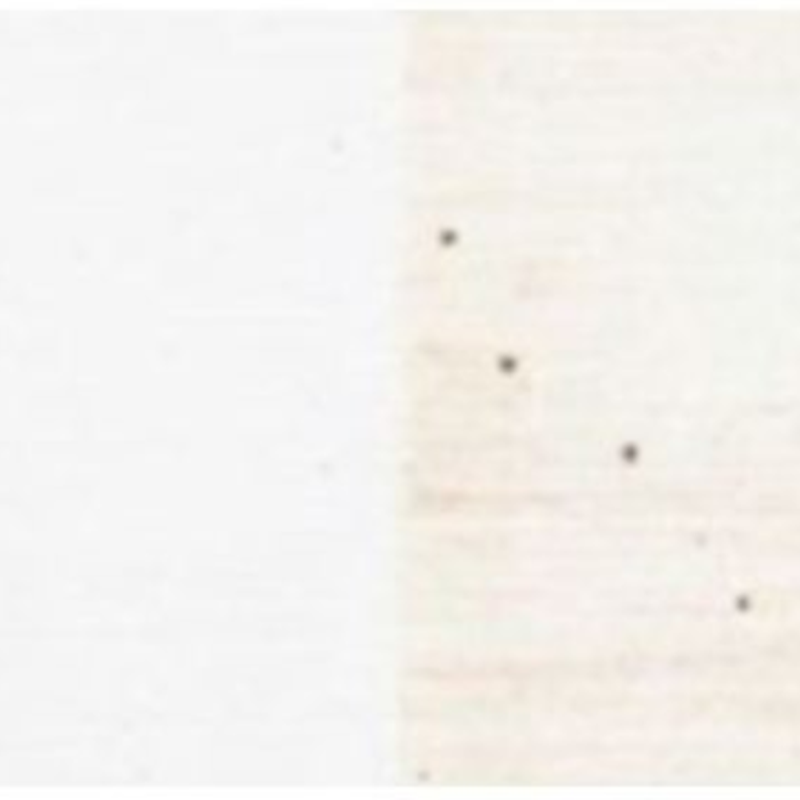Blistering
Bubbles resulting from localised loss of adhesion and lifting of the paint film from the underlying surface.
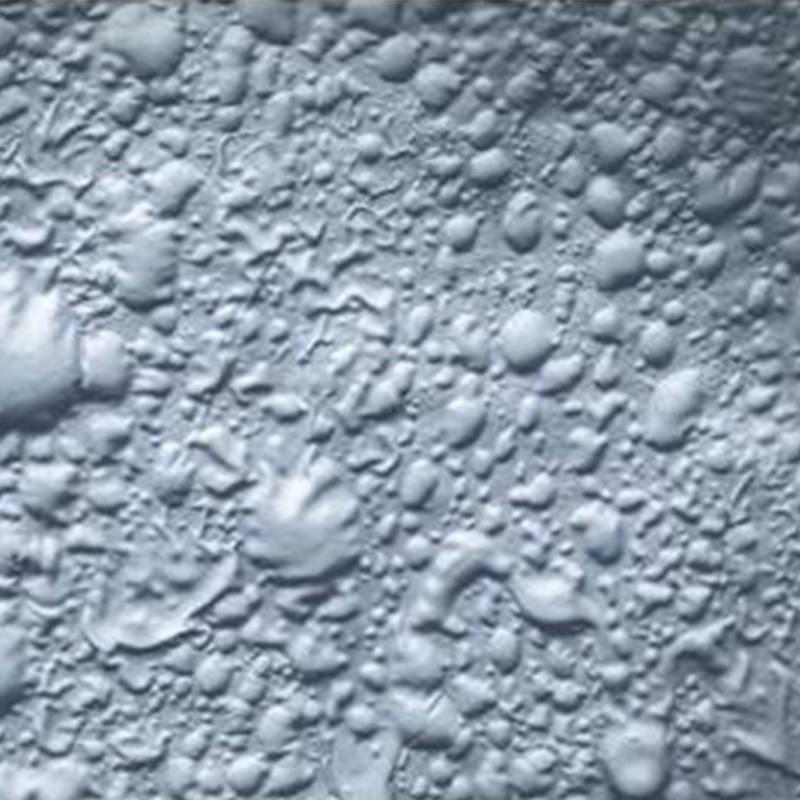
Possible cause
Painting a warm surface in direct sunlight
Application of oil-based or alkyd paint over a damp or wet surface
Moisture escaping through the exterior walls (less likely with latex paint than with oil-based or alkyd paint)
Exposure of latex paint film to dew, high humidity or rain shortly after paint has dried, especially if there was inadequate surface preparation
Solution
If blisters go down to the substrate, first try to remove the source of moisture. Remove blisters by scraping, then sanding the surface.
Prime any bare timber with a high quality water-based primer, and repaint with a high quality water-based exterior paint. Dulux recommends Dulux 1® Step Acrylic Primer Sealer Undercoat and Dulux Weathershield®. For more information, please consult our detailed Technical Advice note on the topic.
More problem solving advice
When droplets appear on acrylic paint
Have you noticed small droplets appearing on your fresh coat of acrylic paint? Don't panic – it’s a normal part of the curing process. Find out more.
Yellowing
Yellowing describes the development of a yellow cast in ageing paint solvent-based enamels.
Wrinkling
Wrinkling is a term to describe a rough, crinkled paint surface, which occurs when uncured paint forms a 'skin'.
Tannin staining
Tannin staining is the brownish or tan discoloration on a painted surface due to migration of tannins from the substrate through the paint film.
